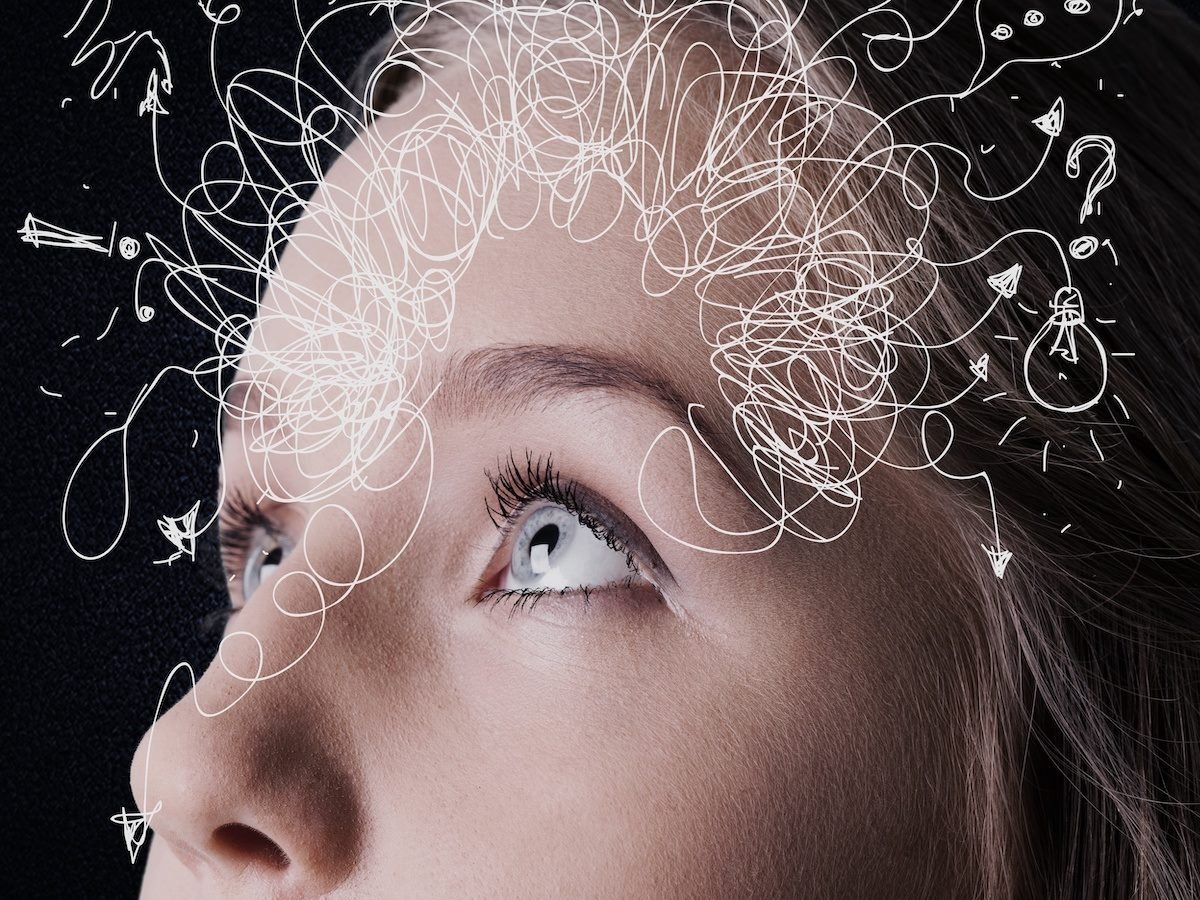Living with ADHD is not about a lack of intelligence. It is about a lack of scaffolding. The real struggle is not knowing when you had ADHD, leading to a failure of executive function. Executive function is the driver’s seat of the brain, and for ADHD, it often feels like there is no one behind the wheel.
For decades, the main solutions came down to medication, therapy or sheer raw dogging. Planners and sticky notes worked for a week before falling apart. Digital calendars came next, promising structure, but they were rigid and punishing. Miss a deadline or fall behind and the entire system breakdowns.
Artificial intelligence is changing that story. Not as a cure. Not as a replacement for therapy or coaching. AI builds external systems that ADHD brains can lean on. Systems that adapt in real time and flex with the way the brain works instead of fighting against it.
From Mountains to Staircases
Ask anyone with ADHD about starting a big project and you will hear the same thing. Paralysis. The bigger the task looks, the heavier the freeze. This is where AI-driven task managers like Saner.AI, OneTask and Todoist AI are shifting the game.
Instead of staring at a mountain, these tools chop it into micro-steps and hand you the first one. They reprioritize based on urgency and energy levels, then lay out a visual map forward. The shift matters. What once felt impossible becomes a series of achievable wins. The brain suddenly does not have more willpower. It has a system that removes roadblocks.
Related Article: Best Free AI Tools in 2025: Top Picks for Writing, Design, Productivity and More
Fixing Time Blindness
Time blindness is another trademark of ADHD. It is not just being late or not allocating enough time for a project. It is hours slipping away unnoticed or that drag on forever. Traditional planners never solved time blindness. AI-powered trackers like RescueTime, TimeLog and FocusBear are doing what paper never could.
These systems run in the background, logging where attention went. They act as a back-office monitoring system for the brain. At the end of the day, the platform will hand you what researchers call “attention receipts.” For many, it is the first accurate picture of their day. That picture AI created, while uncomfortable, is powerful. You cannot manage what you cannot see, and for ADHD, clarity is the start of change. Time stamps do not lie and suddenly there is a roadmap on how to structure a day without feeling drained at the end.
Cutting Through the Gridlock
Decision fatigue is one of the quiet killers of productivity. ADHD brains burn out fast on micro-choices. The constant “where do I start” or “what comes first” can derail everything. AI is proving itself here as a non-judgmental partner.
Goblin Tools and conversational AIs like ChatGPT and Claude turn messy to-do lists into clean next steps. Adaptive planners like Motion and Tiimo go further, reshuffling the day when it collapses. Instead of scraping everything, the system resets and moves forward. That eliminates the shame spiral that comes from falling off track.
Working Memory on Overdrive
Working memory is another executive function bottleneck. ADHD brains juggle too many topics at once and do not always pay attention to the finite details.
AI is becoming external RAM. A reliable system helps organize deadlines, keep track of notes, and set reminders. That frees up energy for execution. It is not about doing more but doing the right things without carrying the mental clutter. Memories become focused on one project, reducing the number of errors and time it takes for completion.
What Research Shows
Since 2023, clinical studies have backed this up. AI tools like MindMate GPT and OmniSets improve focus and executive function with personalized feedback and dynamic scheduling. Game-based cognitive therapies powered by AI have reduced impulsiveness and improved attention in children. The CADDI protocol, an AI-enhanced version of CBT, outperformed traditional therapy by boosting organization, cutting procrastination and improving quality of life.
AI is also transforming monitoring. Wearables now track focus, sleep and even medication response with diagnostic accuracy as high as 93%. Instead of subjective guesswork, individuals and clinicians get real-time, data-driven feedback. This helps with diagnosing the type of ADHD a person has, proper dosage of medication and alerting people when they are close to burn out and it is time to slow down.
Promise and Caution
The research is clear. AI tools improve task completion, reduce procrastination and build self-confidence. But experts warn against over-reliance. If used as a substitute for therapy or self-management, these tools risk creating dependence.
The best outcomes come when AI complements traditional support. Think of it as scaffolding. The scaffold helps you build, but you still need to climb.
Related Article: ChatGPT, Gemini or Grok? We Tested All 3 — Here’s What You Should Know
The Bigger Picture
AI is not replacing executive function. It is scaffolding it. These tools adapt to the way ADHD brains work instead of forcing them into rigid molds that never fit. For many, that shift is life changing.
Determination and discipline will not be the only factors shaping productivity in the years to come. It will rely on advanced systems specifically created to collaborate naturally with the brain. ADHD included.
For individuals, this means fewer wasted hours, less shame and more momentum. For employers, it means unlocking the creativity and energy of ADHD employees who finally have systems built for their wiring. And for society, it signals a fundamental shift in how we view productivity and mental health.
The takeaway is simple. There is no need to battle against ADHD. Support is necessary for this. AI gives us the tools to do exactly that. The scaffolding is here. Now it is time to build.
Learn how you can join our contributor community.
